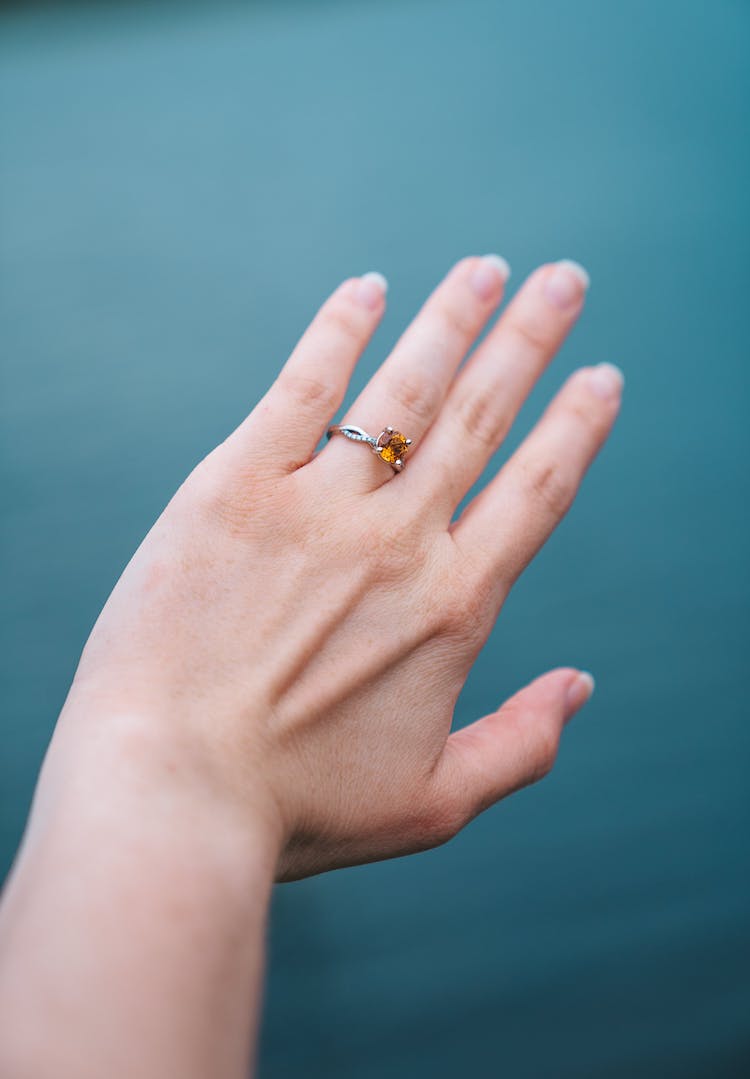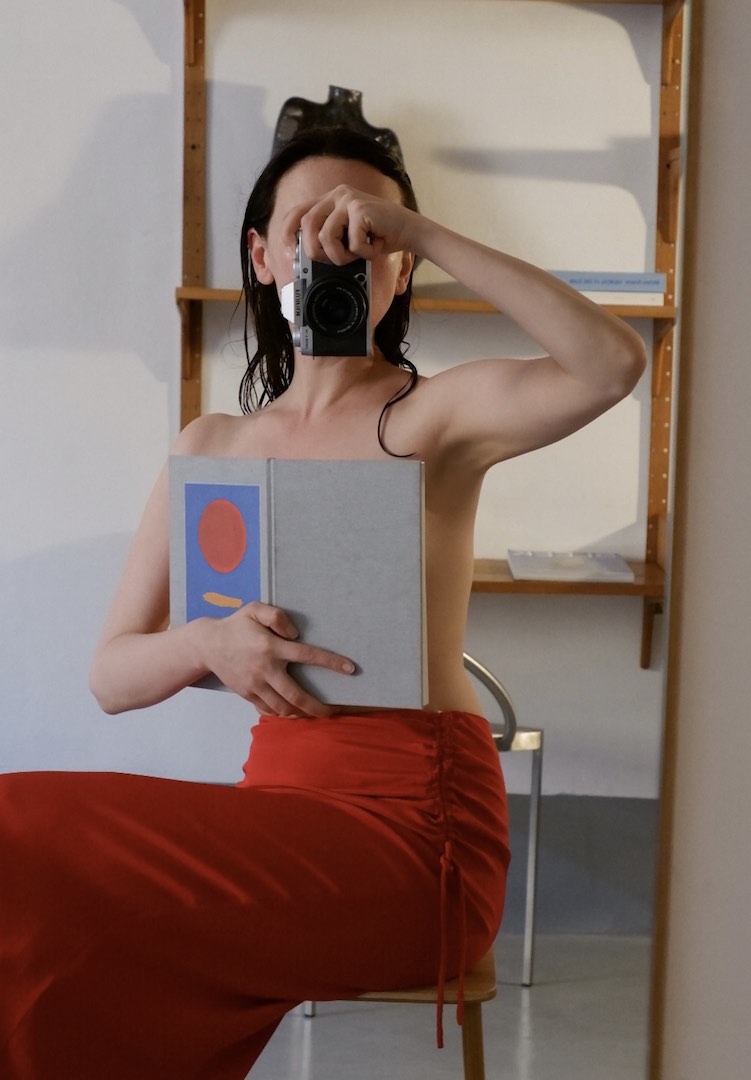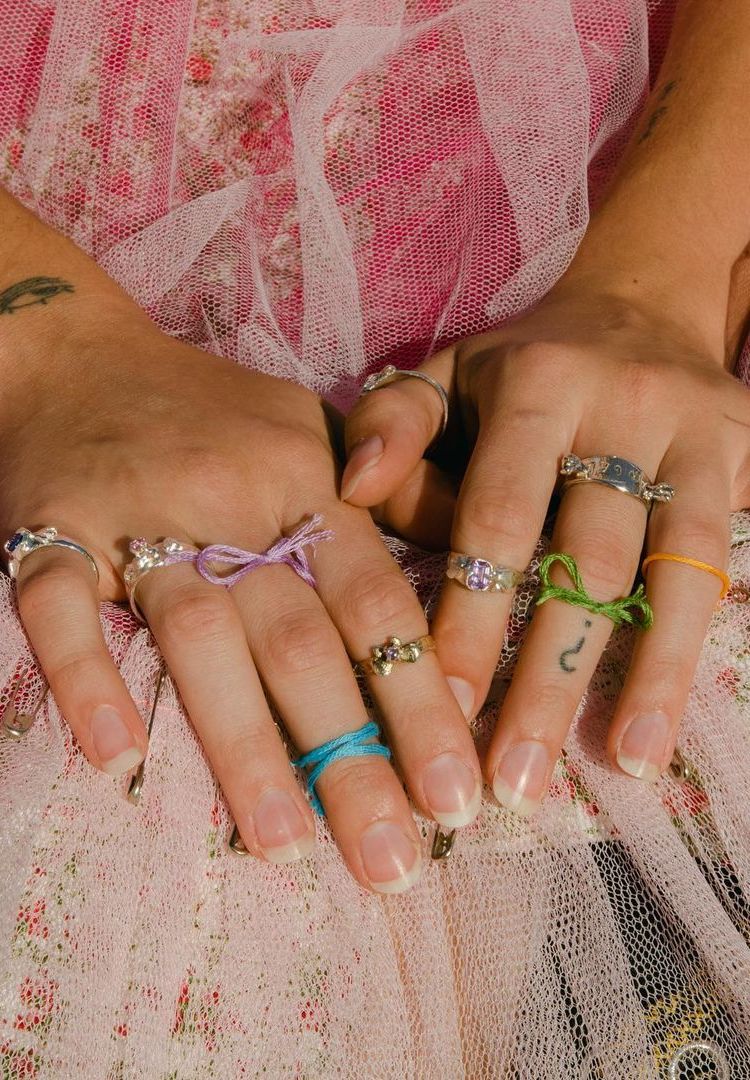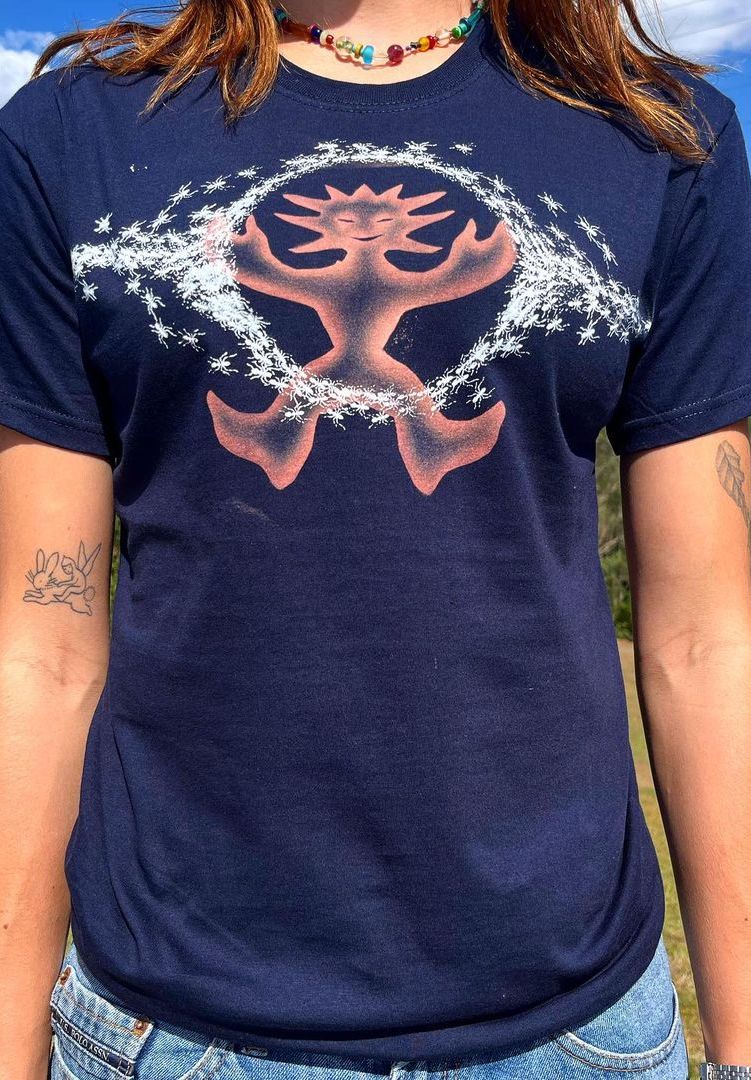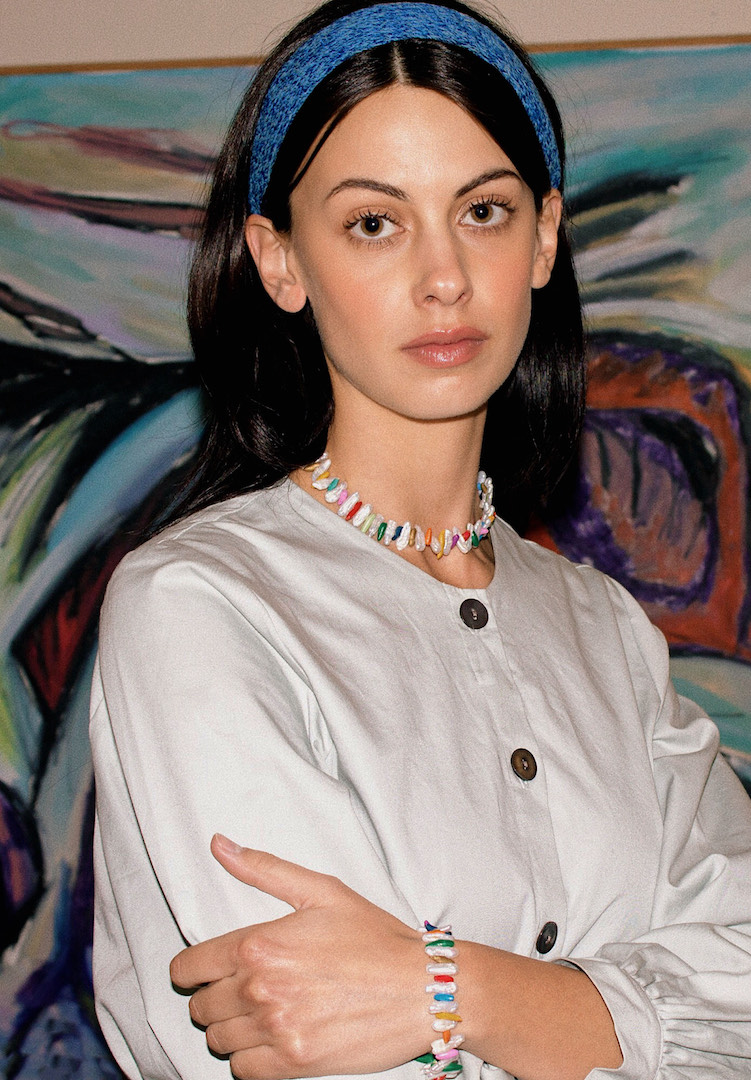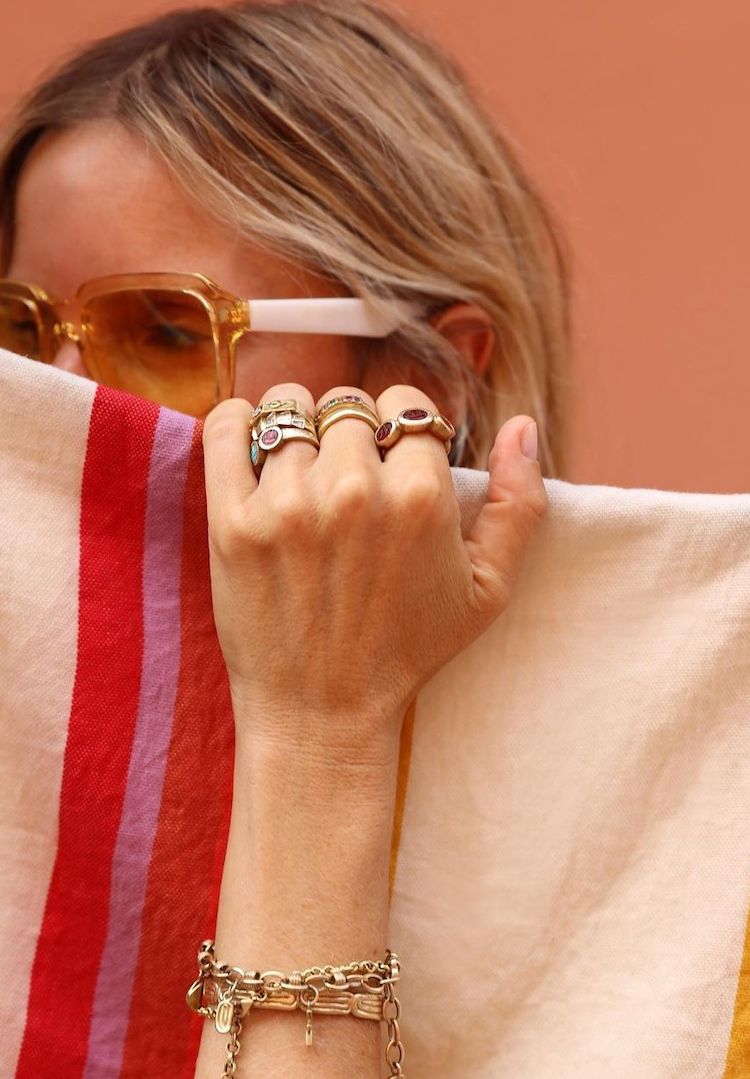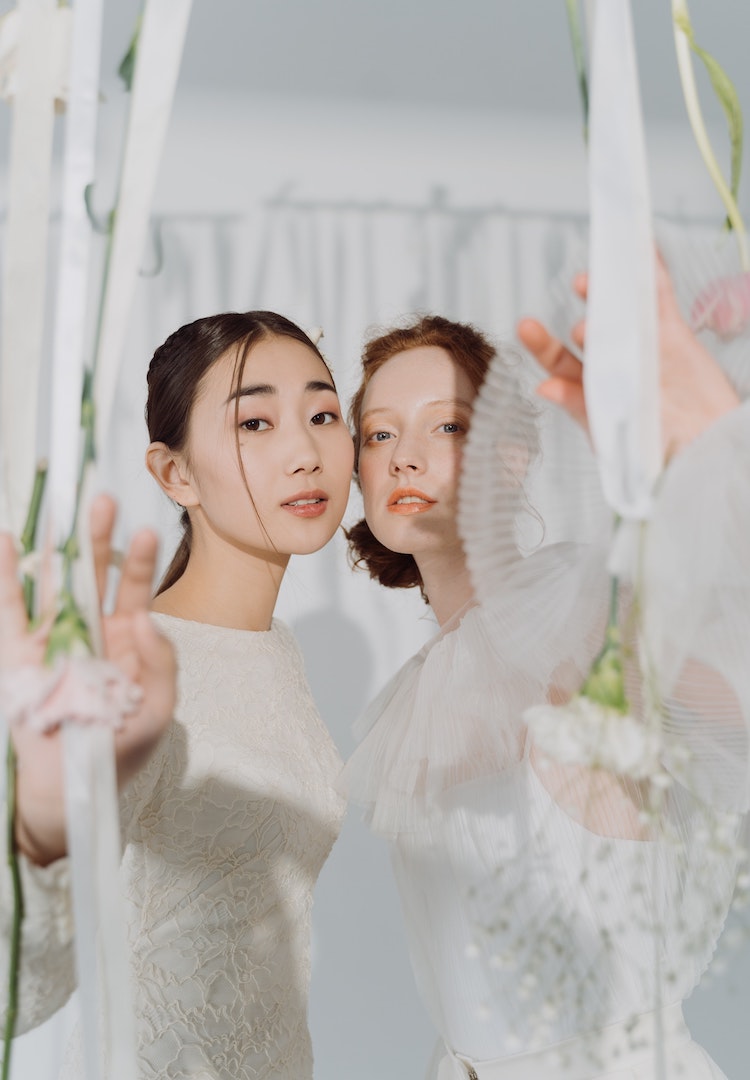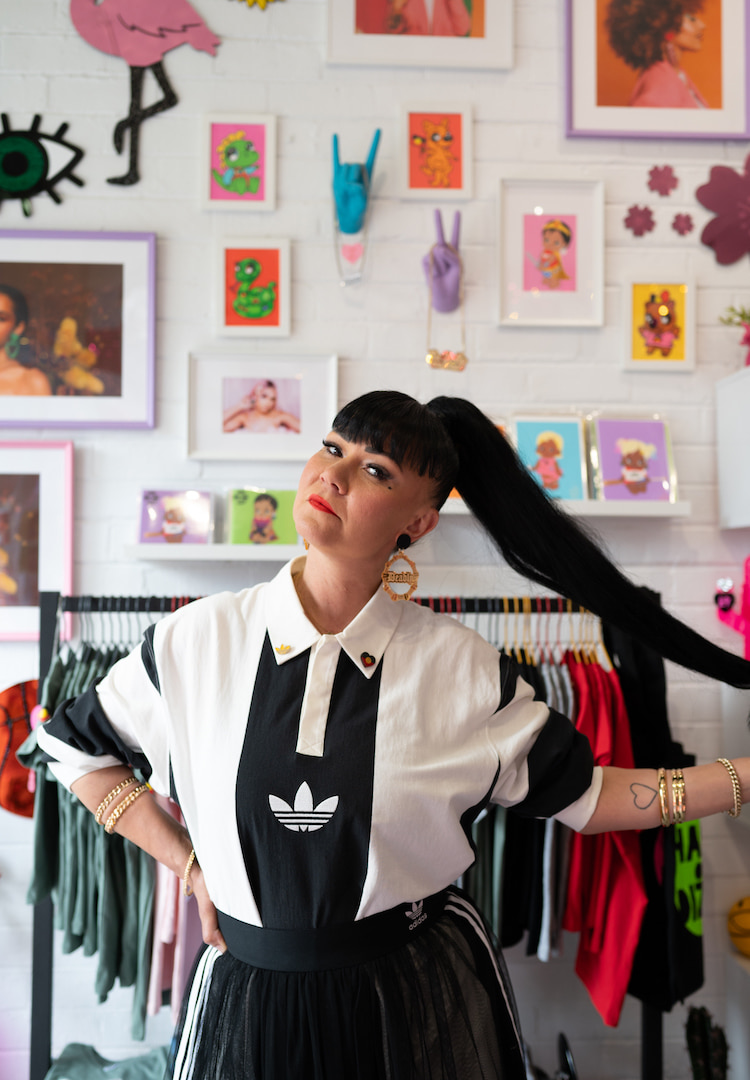A jeweller shares the biggest engagement ring trends for 2024
words by kaya martin
“This is a time when you’re going to choose something that is a bit timeless, a bit classic and almost a bit understated.”
Picking an engagement ring is a massive decision. Obviously, it’s a representation of your love and commitment to your partner (how beautiful) but it’s also an accessory – one you’ll be wearing every day for the rest of your life unless you plan on getting divorced.
When deciding on an engagement ring, it can be helpful to think of it less like a regular piece of jewellery and more like a tattoo. You want to strike that perfect balance between timeless and cool while making sure it’s something you personally love (and will for a long time).
For more fashion news, shoots, articles and features, head to our Fashion section.
Hopping on fad engagement ring trends may make you feel left in the past, like those people who got moustache tattoos on their fingers in the 2000s (hey, we don’t judge – they might just make a comeback). “Things will definitely change, and that’s why I try to steer people towards things that are a little bit more classic and conventional,” says Talitha Cummins, Founder of The Cut Jewellery.
“That’s what I say to the men or the partners who come in to [see] me, ‘This is not the time for fun experimentation. This is a time when you’re going to choose something that is a bit timeless, a bit classic and almost a bit understated in a way because you want it to last the distance’.”
After a 20-year career as a TV presenter, Talitha followed after her ancestors and entered the jewellery industry. To gain a deeper understanding of precious stones, she studied at the Gemological Institute of America, flying to London to examine gems under the microscope.
One of the biggest trends she has noticed is the rise of lab-grown diamonds rather than mined diamonds. To create lab-grown diamonds, scientists mimic the same conditions that happen underground to produce diamonds, filling a chamber with intense pressure or gases until the crystal forms.
“What you’ve got at the end of that is a diamond that is exactly, anatomically the same as a diamond that comes from a mine. Chemically, physically [and] optically the same, they sparkle in the same way because they are made up of the same substance which is pure carbon,” she says. To the naked eye, they’re exactly the same. Even a trained gem specialist would have a tough time telling them apart – the only difference is natural diamonds contain nitrogen and have subtle impurities.
Talitha continues, “The diamond industry’s had such a bad rap for a long time that we’re finding that especially [for people aged] below 40… these people have got good ‘bullshit meters’. They’re saying to us, ‘We don’t want something that has damaged the earth and has a human toll attached to it, we want an ethical diamond’. That seems to be the biggest driver at the moment.”
What’s more, lab-grown diamonds are significantly cheaper than mined diamonds, meaning customers can snag bigger bling for a better price. A two-carat lab diamond is cheaper than a one-carat mined diamond and Talitha says most of her clients seem to be settling between the two and three-carat range when it comes to size.
She says the round brilliant-cut diamond reigns supreme when it comes to cuts. “You ask any jeweller and they will tell you that.” Yet three-stone rings, pear cuts and emerald cuts are also on the rise. “People who are minimalists like the aesthetic of the emerald cut,” she says. Yellow gold and coloured stones are also having a bit of a moment, but Talitha says it’s important to consult with a jeweller before picking an alternative stone as not all of them are built the same.
“There’s a system called the Mohs Hardness Scale and it’s a scale from one to 10 which measures how hard a stone is. Now diamond sits at 10, which is the hardest. It’s actually the hardest stone known to man. One is the softest, which is like talc. So when people are coming to us, we recommend that they buy something that’s sitting around eight, nine or 10 on the scale,” she tells me.
Sapphire, a nine on the scale, is an example of a stone that will be durable enough for every day, but rubies and emeralds are a bit too soft and may end up chipping – not a good sign for your supposedly eternal love. At the end of the day, Talitha wants her customers to find something they love, rather than following any fads.
“There are a lot of rules that have existed in this industry for a very long time… [but] why do these rules actually exist and who made them? I’ve always been personally someone who just does things because I want to do them, and I’m just trying to encourage that with my customers. [It’s] whatever makes them feel comfortable.”
For more on choosing an engagement ring, head here.


